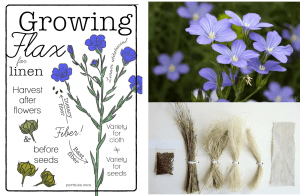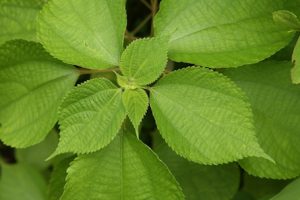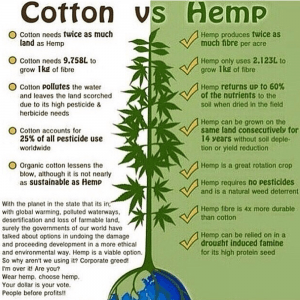What are Eco-Friendly fabrics?
Eco-friendly (or environment-friendly) fabrics are made from fibres that do not require the use of any pesticides or chemicals to grow. They are naturally resistant to fungi and are disease free. Hemp, linen, bamboo and ramie are eco-friendly fibers.
Hemp
- Having the most eco-friendly potential, these plants grow quickly and densely which makes it difficult for weeds to hold on- no pesticides or herbicides needed. Hemp does not exhaust the soil and enables sustainability by leaving the soil in excellent condition for any succeeding crops.
- Hemp has long fibers perfect for spinning with minimum processing and because it comes in a variety of weights and textures it can be used to produce many different articles of clothing/ accessories.
- Hemp is an extremely durable fabric. It is also very insulating, absorbent and improves over time with washing and wearing. It reveals a new surface becoming softer with every wash. It is also UV resistant, highly breathable, fast drying, hypoallergenic and non-irritating to the skin.
You can see the advantage of Hemp vs Cotton in this picture:
Linen
- Linen fibers are taken from the Flax plant.
- Linen is eco-friendly because it is a natural fiber, meaning it takes little or no chemical fertilizer to grow. Also once it is harvested all parts of the plant can be used, making multiple by-products and nothing gets wasted.
- Linen is cool and very absorbent, great for summer wear. It is also extremely durable and strong, the strongest of all natural fibers.
 Bamboo
Bamboo
- Bamboo is one of nature’s most sustainable resources; it’s 100% biodegradable and is naturally regenerative. Bamboo grows extremely fast, up to one foot a day! · Taken from the plant, bamboo is spun into yarns with no chemical modification by crushing the bamboo plant and then using natural enzymes to break the bamboo walls into a pulp so that the natural fibres can be mechanically combed out and spun into yarn.
- Bamboo fabric made from this process is sometimes called Bamboo Linen.
- Bamboo fabric is naturally anti-microbial, hypoallergenic and thermal regulating. It is also resistant to mould. Bamboo breathes and wicks moisture away due to its porous nature. Bamboo also has an excellent drape and a silky-cashmere feel.
- The other way to manufacture Bamboo is chemical, by regenerating the cellulose fibre, which makes Bamboo Viscose.
- All fabrics manufactured with cellulose, whether its bamboo, plants or trees are rayon (viscose).

Ramie
- Ramie is a highly sustainable eco-friendly fibre. It is very strong and durable; 8 times stronger than cotton and even stronger when wet.
- Ramie is a flowering plant, and once the flowers begin to bloom, that is when the fibres are extracted from the plant for spinning, it can be harvested up to 6 times in a successful year!
- Ramie is naturally resistant to bacteria and fungi as well as light damage, rot or insect attack. It does not require pesticides or herbicides to grow healthily.


